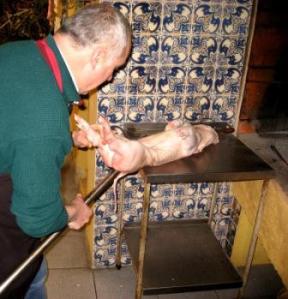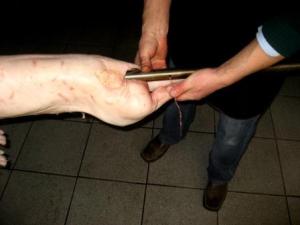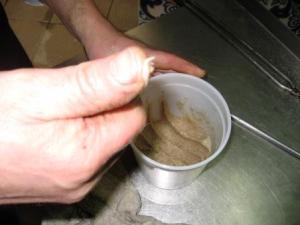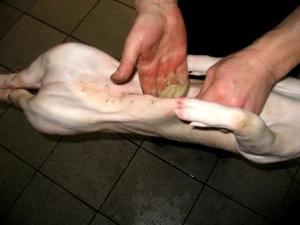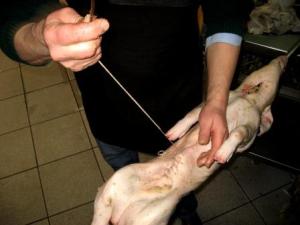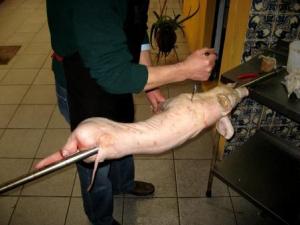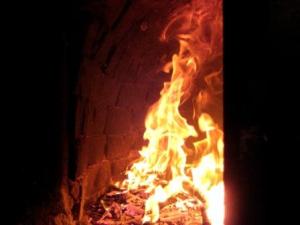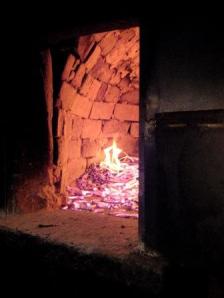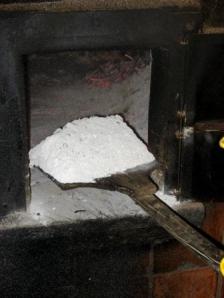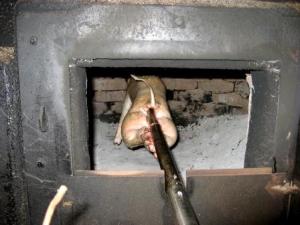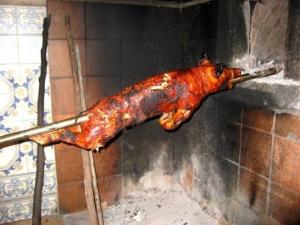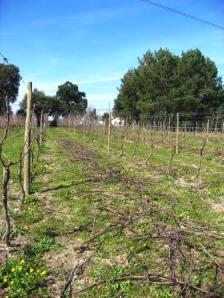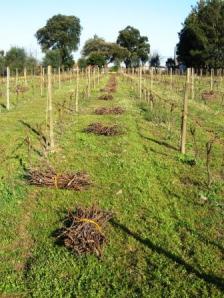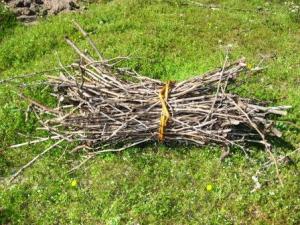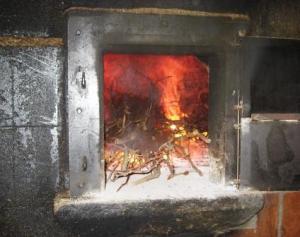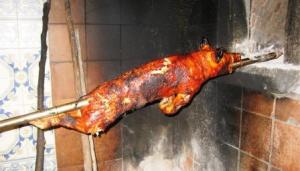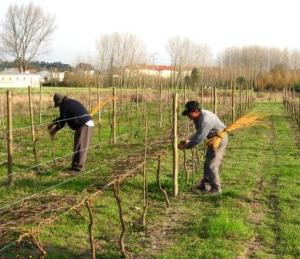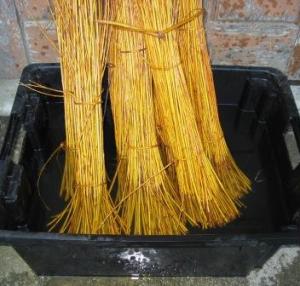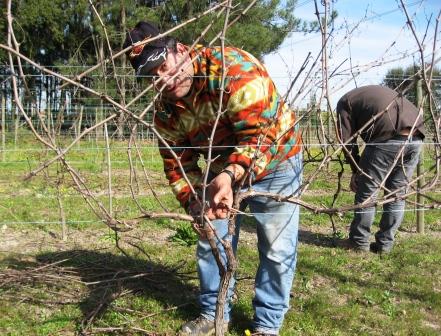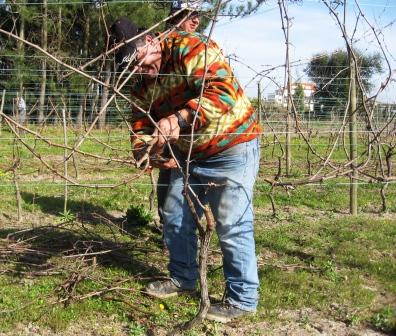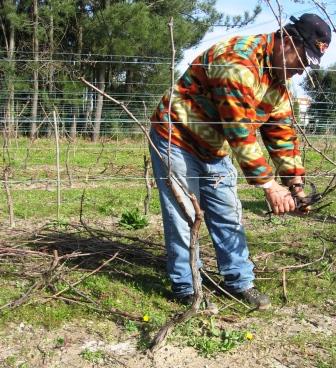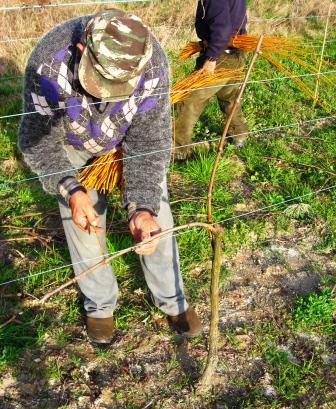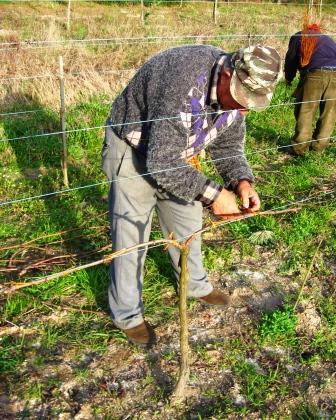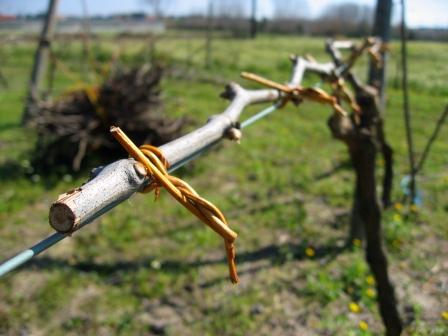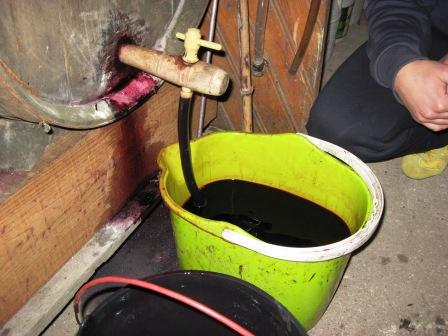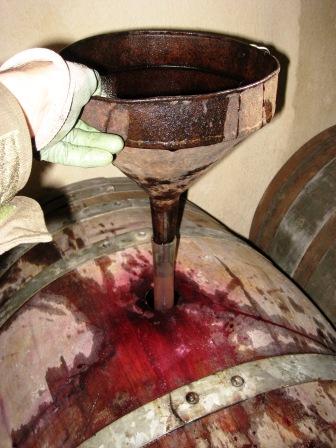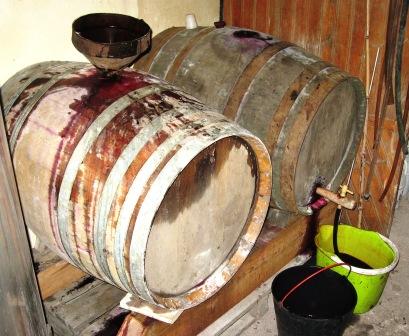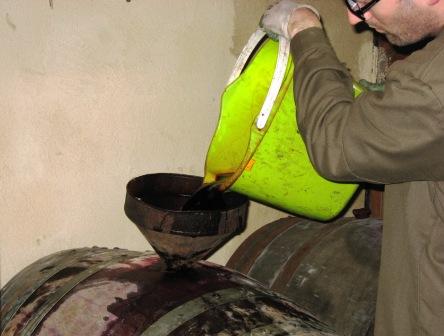I found this interesting view of Portugal on “Grapes and Grains” blog:
“From the moment my foot hit the tarmac upon debarking from the plane, I knew I was in a different world. The warm Portuguese sun hit me square in the face and I had one of those palpable moments in life that you never forget. I literally felt the sands of time slow down, forcing me to recalibrate to a pace slower and fuller than ever I had encountered.
Portugal marches by its own drum and has stayed true to its rich past while aligning itself with the modern world. It has taken the slow road, honoring tradition over technology, and it has paid off.
We’ve all heard of fortified Port wine and know it’s highly prized by collectors. But there has been a groundswell over the last decade. In a country best known for only one style of wine, a quiet renaissance has been taking place behind the scenes. Driven by experimentation, a wash of investment from its neighbors and true devotion to the grape, Portuguese winemakers have gotten savvy. The still wines now being produced can be hypnotically complex and, because they are under-the-radar, with prices that are dirt-cheap…and this is some prized dirt, let me tell you.
At a recent tasting at Aldea Restaurant organized for a group of NY bloggers (shout out to you all), Ryan and Gabriella Opaz and the team from ViniPortugal and Catavino poured a selection of wines that ran the gamut from elegant to bold, simple to complex, and reminded us of what a fascinating wine region Portugal is and the trailblazers who are driving its renaissance.
For a 21-year-old exchange student living in England, and far away from Colorado, Portugal was a profound life experience for me. The people, the culture and the meshing of the sea with everyday life, left me feeling like Americans in their zeal to rush through life had somehow missed the meaning of life.
Portugal is tiny (smaller than the state of Kentucky), yet plays a major player on the world stage, clocking in at 9th place in terms of land planted to vineyard. And these aren’t just any vineyards. A lazy hand didn’t come along and plant these; oh no, my friends. Because of the brutal landscape of steep riverbanks and hillsides composed of granite and schist, vineyard terraces had to be created mostly by hand with hammers and dynamite. Dirt was hauled up in baskets and narrow terraces were planted with thin rows of vines. Now that’s love for the grape; especially considering just how damn hot Portugal can be.
In terms of wine regions, there are five main ones, each now producing some tasty wines at incredible value. Starting north and moving south, look for wines from the Minho, Douro, Dão, Bairrada and Alentejo.
Due to the hot climate, Portuguese wines are full-flavored, often with great complexity and spicy, plummy characteristics. Mostly a blend of local varieties used to make Port, you’ll find white grapes like Alvarinho and Encruzado, and (just to name a few) reds like Jaén, Bastardo, Aragonez, Baga and Touriga Nacional.
While there, I stayed in Lagos, a backpacker’s destination on the Southern coast. One afternoon, I found myself transfixed as I watched a lone fisherman with a simple fishing rod casting into fifteen-foot high waves. To me it seemed so fruitless and I was frustrated just watching him, but he just continued on patiently. When I returned hours later, he was still there…and with a basket full of fish. You win again, Portugal.”
